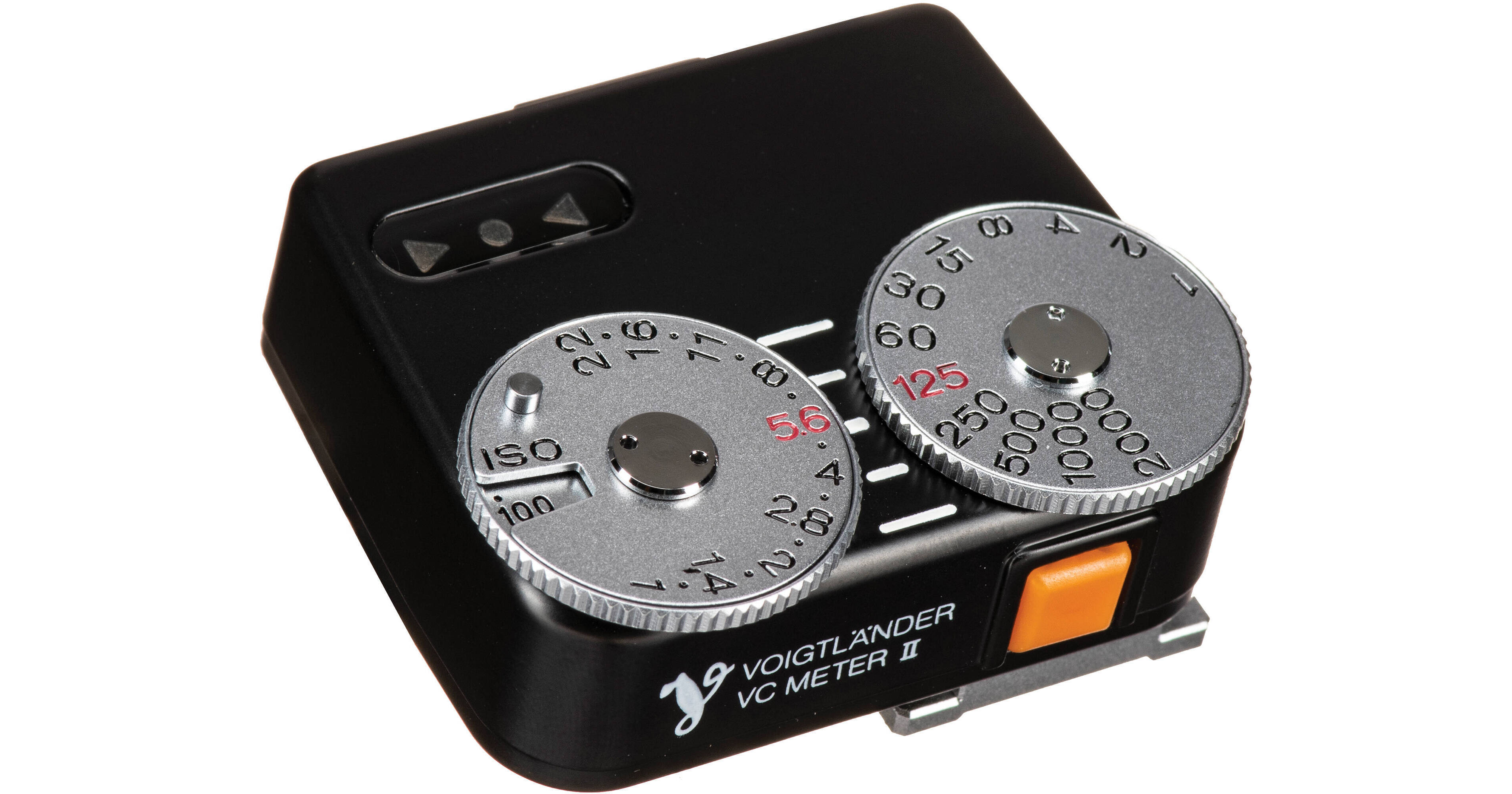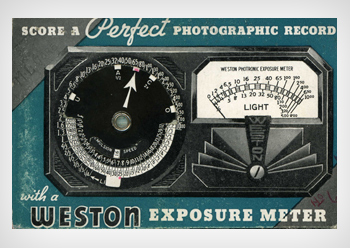Godfrey
Well-known member
I owned these cameras in the now-distant past and love them, but nowadays my '78 Leica M4-2 is old enough for me when it comes to old Leicas. 
Of course, I could not resist the siren song and also have four Kodak Retina IIc cameras as well... along with 35 and 85 mm lenses, etc. Have To Stop!
You should develop your own B&W, it doesn't take much beyond a tank, developer and fixer. A Lab Box daylight load tank, or an Agfa Rondix 35, means no darkroom or dark bag needed ...
Just trying to help ... LOL! G
Of course, I could not resist the siren song and also have four Kodak Retina IIc cameras as well... along with 35 and 85 mm lenses, etc. Have To Stop!
You should develop your own B&W, it doesn't take much beyond a tank, developer and fixer. A Lab Box daylight load tank, or an Agfa Rondix 35, means no darkroom or dark bag needed ...
Just trying to help ... LOL! G




